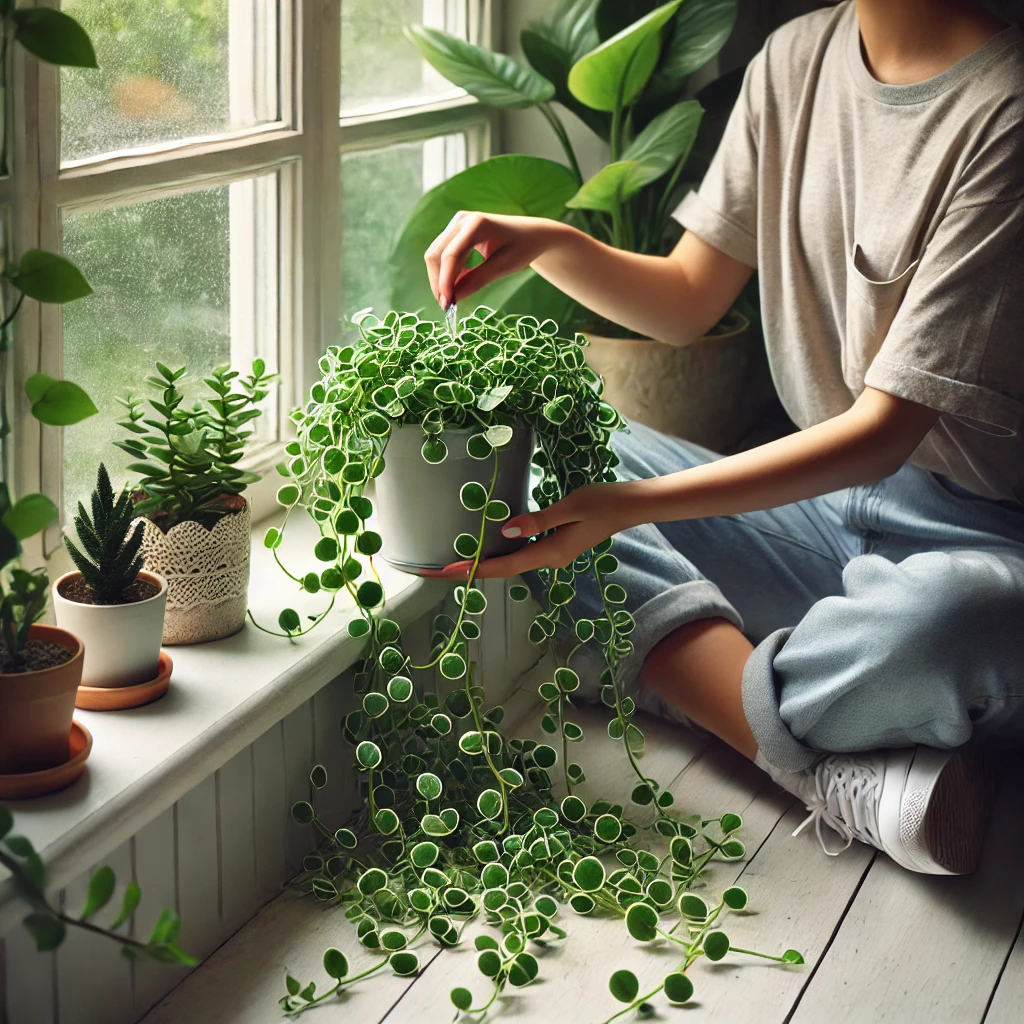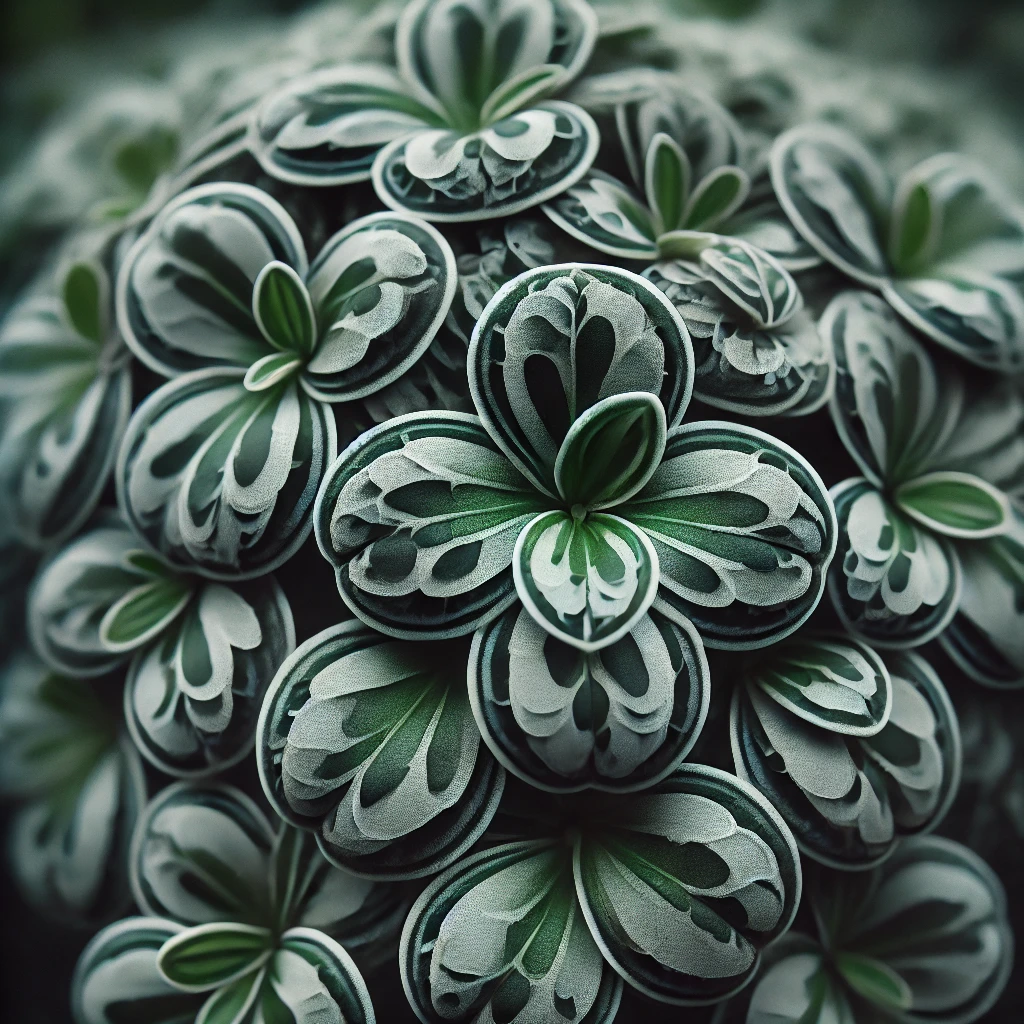The phrase “string of turtles flower” may evoke a sense of curiosity and mystery, but beyond its whimsical name lies a rich tapestry of meaning, culture, and significance. At the surface, it is a reference to a specific type of plant — the Callisia repens, often known for its trailing vines and distinct foliage that resemble tiny turtles. However, the implications of this unique plant extend far beyond mere aesthetics. In this exploration, we will delve the origins, symbolism, botanical characteristics, and broader cultural implications of the “string of turtles flower,” examining how it encapsulates themes of resilience, growth, and beauty.

The Botanical Identity of the String of Turtles Flower
The “string of turtles flower,” scientifically known as Callisia repens, belongs to the Commelinaceae family, a group of plants characterized by their creeping vines, often found in tropical and subtropical regions. Native to parts of Central and South America, this perennial plant has gained significant popularity in modern times as a houseplant due to its relatively easy maintenance, attractive foliage, and ability to thrive in various environments.
One of the most distinguishing features of the string of turtles is its leaves. They are small, oval-shaped, and patterned with a unique marble- design of dark green and silvery-gray markings. This intricate pattern, which resembles the textured shells of turtles, is what gives the plant its name. The trailing stems can grow up to 30 centimeters in length, and though it is often seen as a ground-cover plant in the wild, it can be trained to cascade from hanging baskets or adorn shelves in a more domestic setting.
Despite its humble origins, the string of turtles is capable of flowering under the right conditions. Its blossoms are small, white, and delicately fragrant. These flowers, however, are often overshadowed by the plant’s striking foliage, which remains the primary attraction for most plant enthusiasts. This duality—being both modest yet captivating—embodies a key theme associated with the string of turtles flower: the quiet but profound beauty of nature, which often goes unnoticed or unappreciated until one takes the time to look more closely.
Symbolism of the String of Turtles Flower
Beyond its botanical traits, the string of turtles flower has come to represent several symbolic themes, both in the context of personal growth and broader cultural narratives. Plants, in general, have long been used as symbols in various societies and spiritual practices, serving as metaphors for life cycles, transformation, and healing. The string of turtles flower is no different, and its symbolism can be explored from multiple angles.
One prominent interpretation of the plants symbolism is tied to the concept of resilience. Turtles, after all, are often associated with perseverance due to their slow and steady movements, their long lifespan, and their protective shells. The leaves of the string of turtles flower, which are able to endure varying environmental conditions, mirror these qualities of tenacity and strength. In a world that often prioritizes speed, efficiency, and instant gratification, the string of turtles serves as a reminder to embrace patience and perseverance. Just as the plant thrives when given time and care, so too can individuals overcome obstacles through steady, thoughtful progress.
In addition to resilience, the string of turtles flower is often seen as a symbol of protection and inner peace. The intricate patterns on its leaves are evocative of the turtle’s protective shell, which shields it from external dangers. This aspect of the plant resonates with those who seek emotional or spiritual fortitude, providing a sense of security and stability in times of uncertainty. In this sense, the string of turtles flower can be viewed as a reminder of the importance of safeguarding ones emotional well-being and cultivating a peaceful environment.

On a more practical level, the string of turtles flower’s connection to the earth and nature can also be interpreted as a symbol of sustainability. The plant, when nurtured properly, can thrive in a variety of environments, from windowsills to living rooms. Its hardy nature makes it an excellent candidate for individuals who are looking to create greener, more sustainable living spaces. In an age of environmental consciousness, the string of turtles flower has come to symbolize the potential for harmony between humanity and nature, encouraging a more eco-friendly approach to interior design and lifestyle.
The Role of the String of Turtles Flower in Popular Culture
In recent years, the string of turtles flower has emerged as a popular symbol in social media circles, particularly among gardening and houseplant enthusiasts. Platforms Instagram and Pinterest are filled with images of the plant cascading from hanging pots, nestled among other indoor greenery, or showcased in artistic compositions. The plant’s visually striking appearance, coupled with its low-maintenance needs, has made it a sought-after addition to home decor.
One interesting example of the plant’s cultural significance can be found in the rise of “plant influencers”—individuals who share their gardening experiences and plant collections online. The string of turtles flower has made frequent appearances in these spaces, often celebrated for its unique appearance and ability to add texture and interest to indoor plant displays. As a result, the plant has become a symbol not just of natural beauty, but also of the contemporary trend toward creating indoor sanctuaries filled with greenery.
Moreover, the string of turtles flower has also become a metaphor for the modern human condition. With our lives increasingly dominated by digital technology, the plant offers a welcome contrast to the fast-paced, high-tech world. In a sense, it has become an emblem of the desire for mindfulness and simplicity—qualities that are often lost in the hustle and bustle of everyday life. The act of caring for a string of turtles plant, much any other houseplant, can be a form of meditation, a reminder to slow down, connect with nature, and find peace in small, everyday moments.
Ecological and Scientific Insights
From an ecological standpoint, the string of turtles flower is a fascinating subject. As a member of the Commelinaceae family, Callisia repens shares many characteristics with other members of this plant group, including their rapid growth and ability to adapt to a range of habitats. The plant’s resilience can be attributed to its unique biological adaptations, which enable it to conserve water in its leaves and tolerate fluctuating environmental conditions.
Moreover, the string of turtles flower’s ability to propagate vegetatively—by producing new plants from its trailing vines—has made it a popular choice among gardeners and plant propagators. This method of reproduction is an example of asexual reproduction, in which a new plant is created from a part of the parent plant without the need for fertilization. In addition to being a fascinating botanical process, this form of reproduction also allows the plant to spread quickly, creating lush displays of greenery in a relatively short amount of time.
The plant’s ability to thrive in low-light conditions further enhances its appeal as a houseplant. This feature is particularly valuable in environments access to natural sunlight may be limited. As urban living spaces become smaller and more enclosed, the string of turtles offers a way to introduce nature indoor spaces, even in places with minimal light exposure. The plant’s adaptability and low-maintenance care requirements make it an ideal choice for busy individuals who want to enjoy the benefits of indoor gardening without the time commitment of more high-maintenance plants.
The Therapeutic Value of the String of Turtles Flower
In addition to its aesthetic and symbolic qualities, the string of turtles flower holds potential therapeutic value. The act of caring for plants, including the string of turtles, has been shown to have a number of psychological benefits. Research has demonstrated that gardening and plant care can reduce stress, improve mood, and enhance overall well-being. The presence of plants in indoor spaces has also been linked to increased productivity and cognitive function, making the string of turtles flower not just a decorative object, but also a tool for enhancing mental health.
The sensory experience of interacting with the plant—whether through touch, sight, or even the act of watering and pruning—can help individuals feel more connected to nature, fostering a sense of tranquility and grounding. In a society increasingly plagued by digital distractions, the string of turtles flower serves as a reminder to reconnect with the natural world, to embrace stillness, and to find peace in the simple act of caring for another living thing.
Conclusion: A Flower That Teaches Patience and Presence
The string of turtles flower, with its beautiful yet unassuming presence, offers profound lessons in resilience, patience, and mindfulness. Through its symbolic connections to the turtle and its practical qualities as a hardy and low-maintenance plant, it serves as a metaphor for navigating lifes challenges with perseverance and grace. In a world that often celebrates speed and instant results, the string of turtles encourages us to slow down, appreciate the quiet beauty around us, and cultivate an inner strength that can weather any storm.
More than just a decorative plant, the string of turtles flower embodies the delicate balance between growth and stability, reminding us that even in the smallest, most overlooked spaces, beauty and strength can thrive.